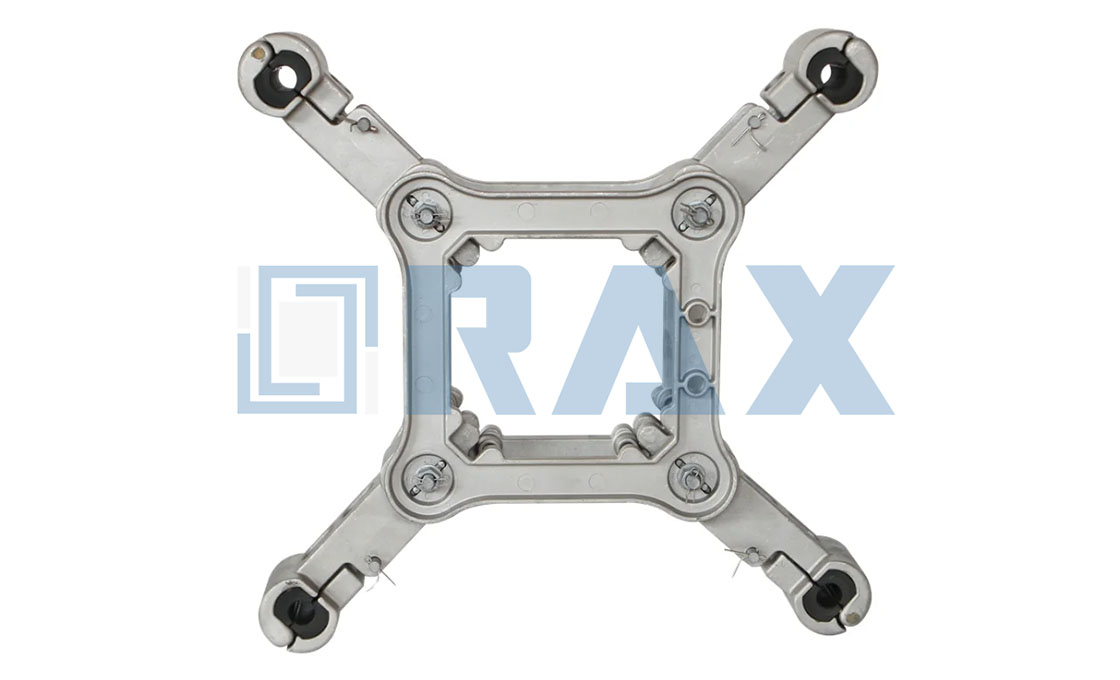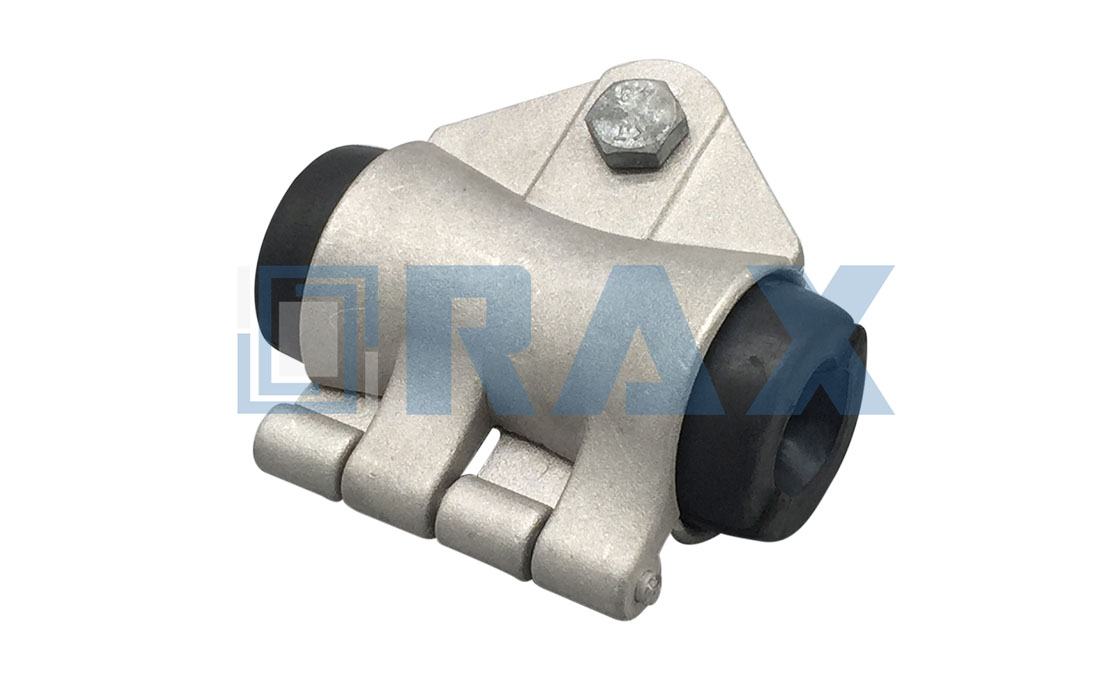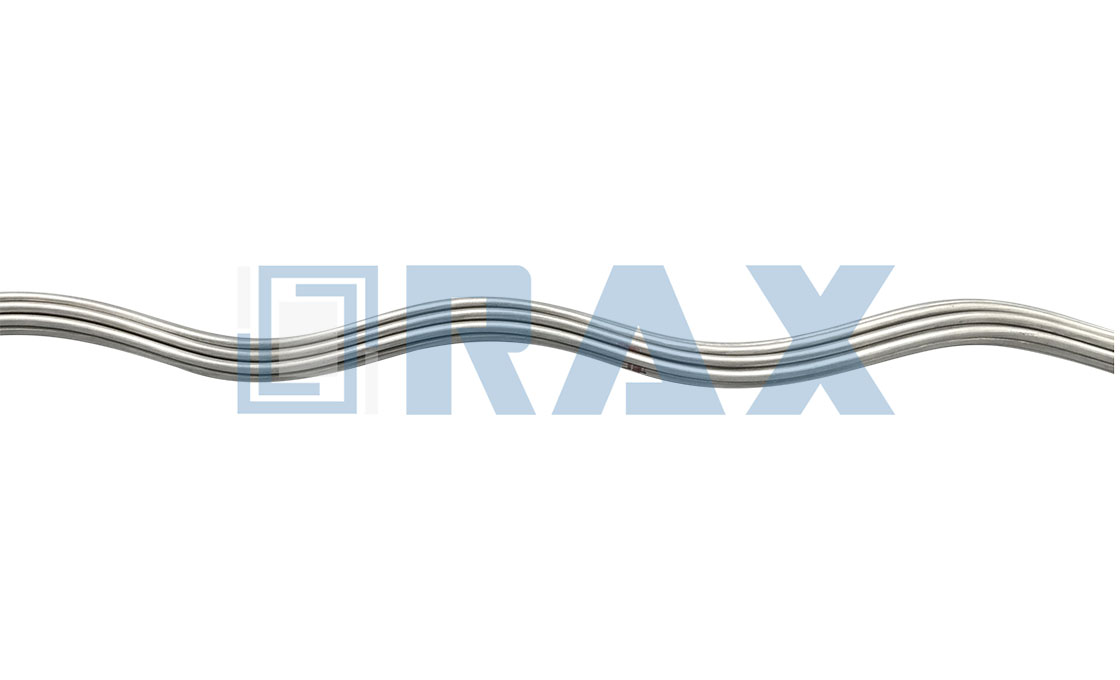Spacer damper
Spacer dampers are used on high voltage overhead transmission lines to maintain conductor separation and control aeolian vibration. They dissipate the energy introduced in the conductor and help to resist short circuit current and mechanical loads.
The structure of the spacer damper includes formed-wire outer rods (spacers) which increase the conductor surface area enhancing heat dissipation. This helps to protect multi-conductor bundle systems from damage caused by motion and fault currents.
Twin, triple, or more bundle conductors are often used to increase power capacity on overhead lines. In such cases, it is necessary to keep the bundles spaced out along the span and to prevent contact between sub-conductors using space dampers.
The spacer prevents aeolian movements of the sub-conductors and short-circuits effects without distorting the geometrical bundle or damaging the conductor on the clamps. The aeolian movements usually occur due to wind flow and can cause damage to the conductor.
Spacer dampers are a cost-effective solution that helps to ensure durability of the conductors and prevent interruptions in supply.

Two Split Spacer Damper Drawing
Model | Applicable Conductor Section Area(mm²) | Main Dimension | Axial Load(≥kN) | ||
A | R | L | |||
FJQ(Z)-204 | 185-240 | 60 | 11 | 200 | 7 |
FJQ(Z)-205 | 300-400 | 60 | 14.5 | 200 | 10 |
FJQ(Z)-206 | 500-630 | 60 | 18 | 200 | 10 |
FJQ(Z)-404 | 185-240 | 60 | 11 | 400 | 7 |
FJQ(Z)-405 | 300-400 | 60 | 14.5 | 400 | 10 |
FJQ(Z)-406 | 500-630 | 60 | 18 | 400 | 10 |
FJQ(Z)-455 | 300-400 | 60 | 15.4 | 450 | 10 |

Model | Suitable Conductor | L | Weight |
FJZ-40240 | LGJ-240 | 400 | 3.3 |
FJZ-40300 | LGJ-300 | 400 | 3.3 |
FJZ-40400 | LGJ-400 | 400 | 3.3 |
FJZ-50500 | LGJ-500 | 500 | 4.3 |
FJZ-50630 | LGJ-600 | 500 | 4.3 |

Type | Applicable Conductor | Main Dimension | Weight(kg) |
L | |||
JZFD4-45300 | 23.0-24.5 | 450 | 7.5 |
JZFD4-45300J | 24.5-26.0 | 450 | 7.5 |
JZFD4-45400 | 26.0-28.0 | 450 | 7.5 |
JZFD4-445400J | 28.1-29.5 | 450 | 7.5 |
Frequently Asked Questions
The structure of spacer dampers includes conductor clamps and a connecting frame with damping elements. The damping elements are made using elastic macro molecular elastomers that have high energy absorption capacity. These elements enable the spacer damper to efficiently prevent harmful vibrations. The clamps serve as the fastening system of the spacer damper. They provide a firm grip connecting the damper to the conductor. The clamps are designed to be light weight in order to ensure that they remain mobile at the highest frequencies of aeolian vibrations.
Types of Spacer Dampers
Key Features of Spacer Dampers
Components of Spacer Dampers
How to install a Spacer Damper?















